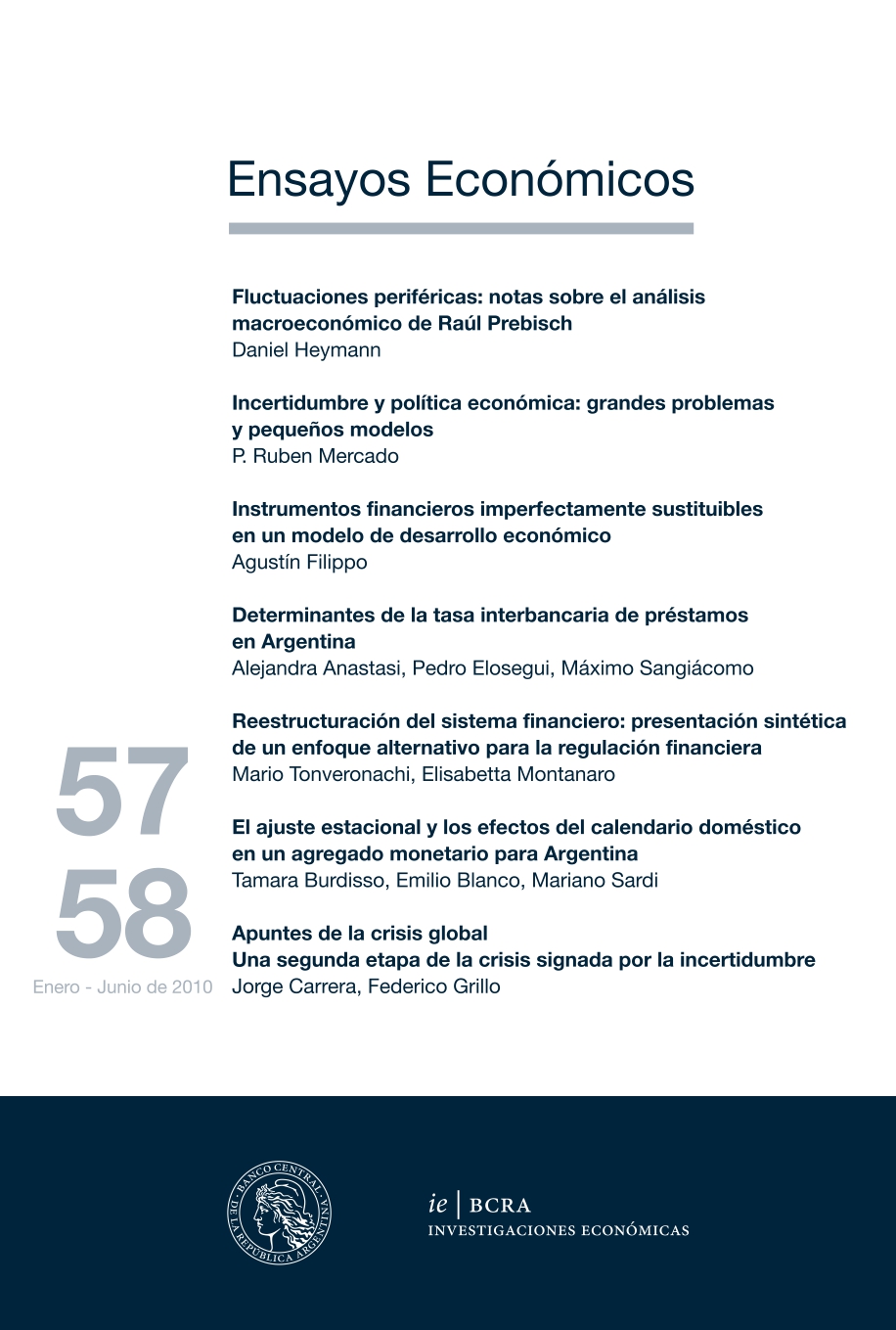Uncertainty and Economic Policy: Big Problems and Small Models
Keywords:
Uncertainty, Optimal Control, Robust Control, Macroeconomic PolicyAbstract
How should the monetary authority act when uncertainty increases regarding the effect of its policy actions? Should the Central Bank use its instruments more cautiously or, on the contrary, should it apply them with more intensity? The theory of economic policy has well-known analytical results regarding the use of instruments (monetary, fiscal, etc.) when the policy problem is posed in a static and deterministic context. These results easily extend to problems in which uncertainty is relatively “innocuous”, that is, when it can be assumed to have originated in shocks that do not significantly alter the basic structural relations of the economic system, or the knowledge we have of it. This is not the case when uncertainty occurs in more complex forms and significantly affects, directly or indirectly, the transmission mechanisms that go from the instruments to the policy objectives, that is, when we face problems of uncertainty about parameters or the model. As we move from static and deterministic models to dynamic and uncertain worlds, the best-known theorems tend to lose validity, and we often find results that are at first glance counterintuitive or frankly surprising, as progressively presented in this work. This article presents an introduction to the main existing analytical results related to problems of uncertainty and economic policy. The issue of “caution” versus “intensity” in the use of economic policy instruments in dynamic contexts with uncertainty is especially addressed. Through the use of small models, results related to deterministic problems are first reviewed. Then, problems with parametric uncertainty and with model uncertainty are addressed in contexts of optimal control and robust control. Finally, comparative conclusions are presented and future lines of research are suggested.
JEL classification: C44 ; C61 ; E52 ; E61 ; E63




